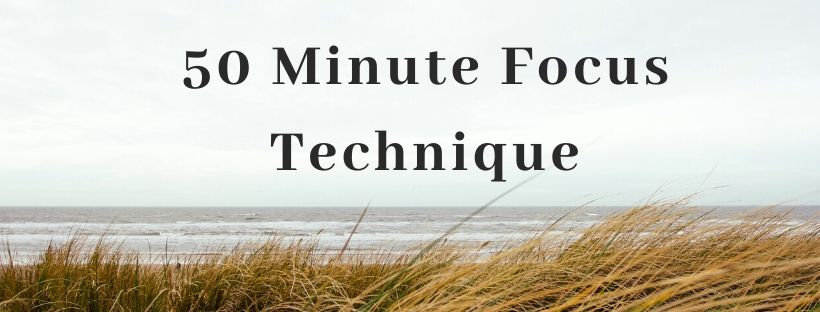Was going through some of the 17,000 unread email in my Outlook, and saw an enewsletter from Ed Gardia, who helps freelancers boost their income.
From a download I saw on his site, a tip of “50 mins on, 20 mins off” for productivity (and income) boosting. I plan to try it today! However, I’m “blessed” with a lot of tasks that take less than 50 minutes, so I’ll have to really be organized, and my “what to do next” project management tool is in a web browser (Asana). [The tip says turn off all browsers!] I’ll have to practice discipline to billable-work in Facebook without glancing at my own Facebook!
What are your thoughts, once you’ve tried it?
Ed writes: “Here’s the deal. If you stop your work for just 20 seconds to check email or Facebook, that’s not just 20 seconds of lost time. It’s more like 23 minutes of wasted effort!
That’s because studies show that it takes an average of 23 minutes after an interruption to get back on task. So if you toggle back and forth between your work and some outside distraction, it 23 minutes to reset and regain your momentum.
So, twenty seconds might seem harmless. But it actually destroys critical momentum you’ve spent 23 minutes to develop. And if you do this repeatedly during the day, that can explain why you often feel so unproductive and behind schedule.
The solution to this dilemma is to force yourself into very specific periods of focused work. For me and for so many of my coaching clients, the 50-minute focus technique is the answer.
The 50-minute focus technique forces us to create solid blocks of time. And it’s in these blocks where we can focus and build that critical momentum we need in order to make progress on our work.
Only with a solid block of time in front of us can we get into a state of “flow” and thereby increase our productivity. This technique is simple to practice. But it does require commitment and discipline.
Here’s how to do it:
1. Close your email program, your social media sites and web browser. Turn off your phone ringer and close your office door. In other words, eliminate ALL external distractions. This is not a suggestion—it’s a MUST-DO! Consider using the Freedom app if you’re having trouble with this.
2. Set a timer for 50 minutes and work on one project for the entire 50 minutes. You may choose to play “focusing” music to help you concentrate and muffle background domestic or office noises. Personally, I love Focus@Will. This desktop tool and mobile app has a timer and is scientifically designed music to maintain productivity and reduce distractions.
3. If, in the middle of this work session, you suddenly remember something else you have to do, do not stop what you’re doing. Instead, keep a notepad handy and write down that “to-do.” Then get back to your work and don’t stop until the timer goes off.
4. At the end of the 50-minute stretch, stop what you’re doing and set the timer again for 20 minutes. This is your break. Step away from your desk and do something to clear your head: take the dog for a walk, take a bathroom break, read, do a quick workout, stretch, do a bit of yoga, etc.
5. When the timer goes off, set it again for 50 minutes and go back to the project you were working on (or another project). Work nonstop until the timer goes off again.
6. If the timer goes off and you’re on a serious roll, it’s okay to keep going for a few more minutes until you find a suitable stopping place.
Make this technique a daily habit—but don’t overdo it! As you’ll see when you start using it, two or three 50/20/50 sessions per day is plenty. This kind of focused effort takes a great deal of mental and creative energy. Doing too many sessions in a day will burn you out. “

